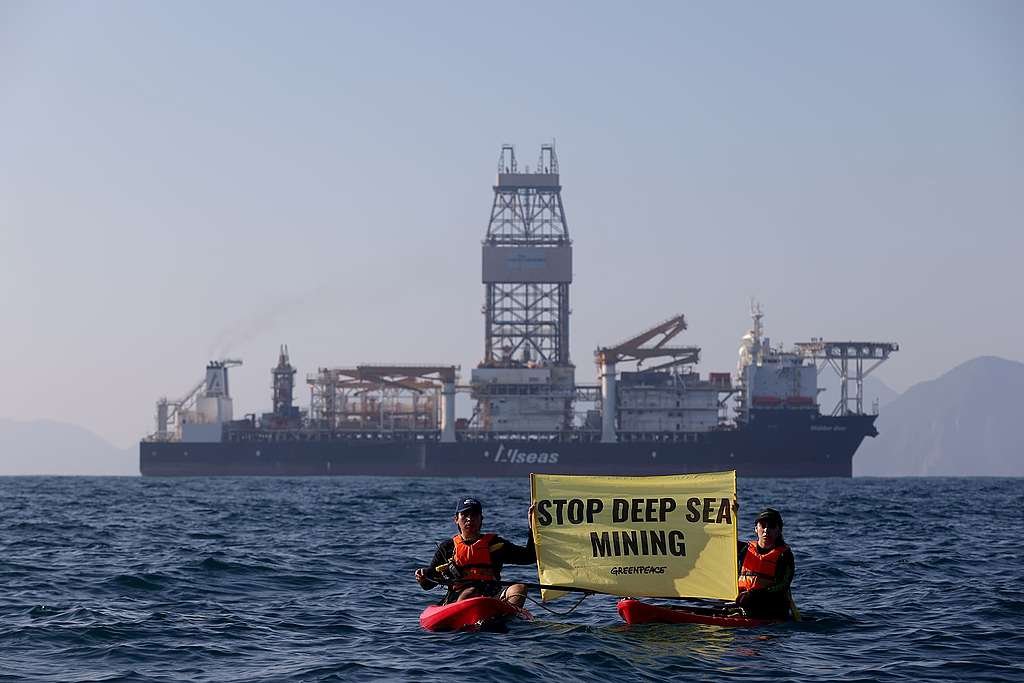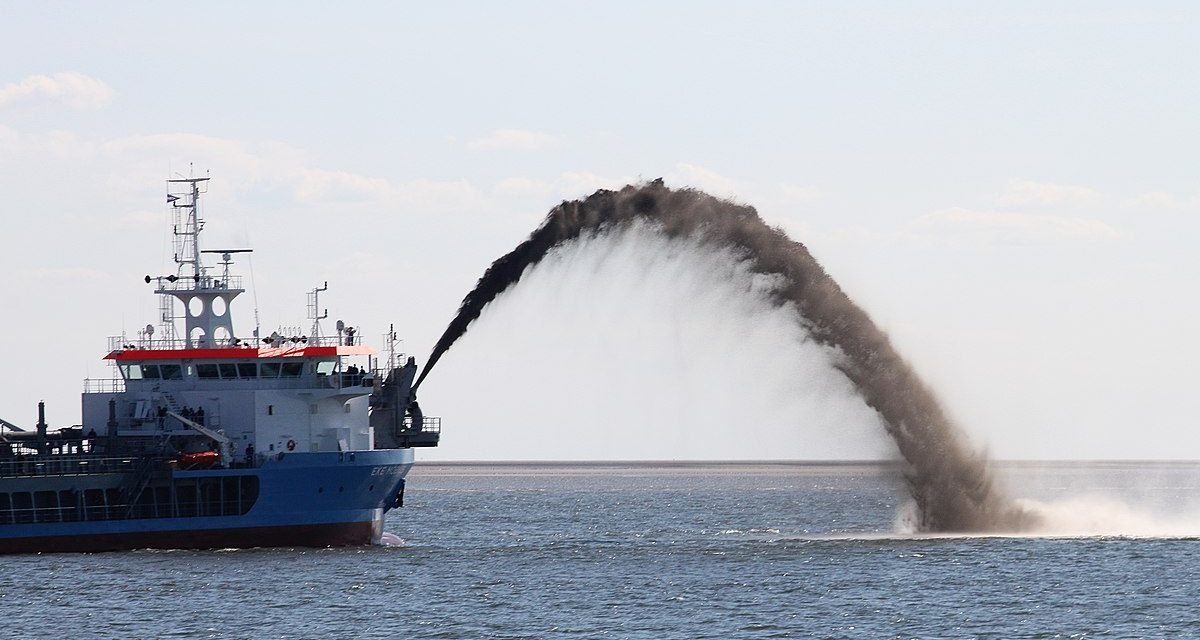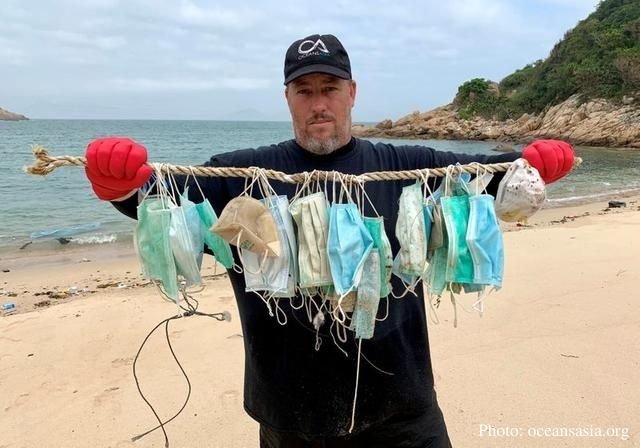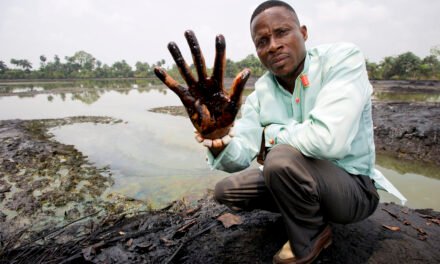International Seabed Authority Prepares to Resume Negotiations for Mining Permits to Support Green Energy Transition
The International Seabed Authority (ISA), a United Nations regulatory body overseeing the world’s ocean floor, is gearing up to resume crucial negotiations that could pave the way for deep sea mining.
These negotiations have been ongoing for years and are reaching a critical point as the authority prepares to accept mining permit applications. However, concerns are growing over the potential impacts on marine ecosystems and the fragile habitats of the deep sea.
What is Deep Sea Mining?
Deep sea mining involves the extraction of mineral deposits and metals from the seabed, unlocking valuable resources needed for batteries and renewable energy technologies.
There are three main types of deep sea mining: extracting deposit-rich polymetallic nodules from the ocean floor, mining massive seafloor sulfide deposits, and stripping cobalt crusts from rocks.
The materials found in these nodules, deposits, and crusts, such as nickel, rare earth elements, and cobalt, play a crucial role in powering green energy initiatives and everyday technology like cell phones and computers.
As onshore reserves dwindle and demand continues to rise, companies and governments view deep sea mining as a strategically important resource.
Regulation of Deep Sea Mining

Green peace Activists confront the mining drill ship The Hidden Gem after it returns from test mining in the Pacific / Photo: Greenpeace
The regulation of deep sea mining is a complex issue.
Countries have jurisdiction over their maritime territories and exclusive economic zones, while the high seas and the international ocean floor fall under the governance of the United Nations Convention on the Law of the Seas.
According to this treaty, the seabed and its mineral resources are considered the “common heritage of mankind” and should be managed in a way that protects the interests of humanity, including economic benefits, support for marine scientific research, and the preservation of marine environments.
To explore deep sea exploitation, mining companies are partnering with countries to obtain exploration licenses.
More than 30 exploration licenses have already been issued, with the majority focused on the Clarion-Clipperton Fracture Zone, spanning 1.7 million square miles between Hawaii and Mexico.
Pressure on the ISA to Establish Regulations
The urgency to establish regulations governing deep sea mining stems from recent developments.
In 2021, the Pacific island nation of Nauru, in collaboration with mining company Nauru Ocean Resources Inc., applied to the ISA to exploit minerals in a specified deep sea area.
This triggered a clause in the U.N. treaty, mandating the ISA to finalize deep sea exploitation regulations by July 2023. Failure to meet this deadline would enable Nauru to conduct mining without any governing regulations.
If the U.N. body fails to approve a set of rules and regulations by July 9, other countries and private companies can begin applying for provisional licenses.
However, experts believe that the process is likely to take several years, making it improbable to meet this deadline.
Environmental Concerns and Implications
One of the primary concerns surrounding deep sea mining is the potential harm it could inflict on marine ecosystems.
With only a fraction of the deep seabed explored, conservationists worry that mining could cause irreversible damage, particularly in the absence of comprehensive environmental protocols.
Mining activities can lead to various forms of environmental degradation, including noise, vibration, light pollution, and leaks or spills of chemicals used in the mining process.
Sediment plumes generated during mining operations pose a significant threat.
After extracting valuable materials, slurry sediment plumes are often pumped back into the sea, potentially harming filter-feeding species like corals and sponges and disrupting marine habitats.
Scientists caution that the full extent of the implications for deep sea ecosystems remains uncertain, but the loss of biodiversity is a significant concern.
Christopher Kelley, a biologist specializing in deep sea ecology, emphasizes that it is premature to engage in deep sea mining when there is a limited understanding of the biology, environments, and ecosystems of these fragile habitats.
Looking Ahead

The ISA’s Legal and Technical Commission, responsible for developing deep sea mining regulations, will convene in early July to discuss the draft mining code.
If approved, mining under ISA regulations could commence as early as 2026, pending thorough consideration of mining applications and comprehensive environmental impact assessments.
In the meantime, some prominent companies, including Google, Samsung, and BMW, have pledged to avoid using minerals sourced from the ocean’s depths, supporting the World Wildlife Fund’s call for responsible mineral sourcing.
Additionally, numerous countries, such as France, Germany, and several Pacific Island nations, have officially advocated for a ban, pause, or moratorium on deep sea mining until robust environmental safeguards are in place.
Nevertheless, the level of global support for such mining remains uncertain, with countries like Norway proposing to open their waters to mining.
As the world grapples with the demand for critical minerals and the transition towards green energy, the future of deep sea mining hangs in the balance.
Striking a balance between resource extraction, scientific exploration, and environmental preservation will be essential to ensure sustainable practices and protect our oceans for future generations.










